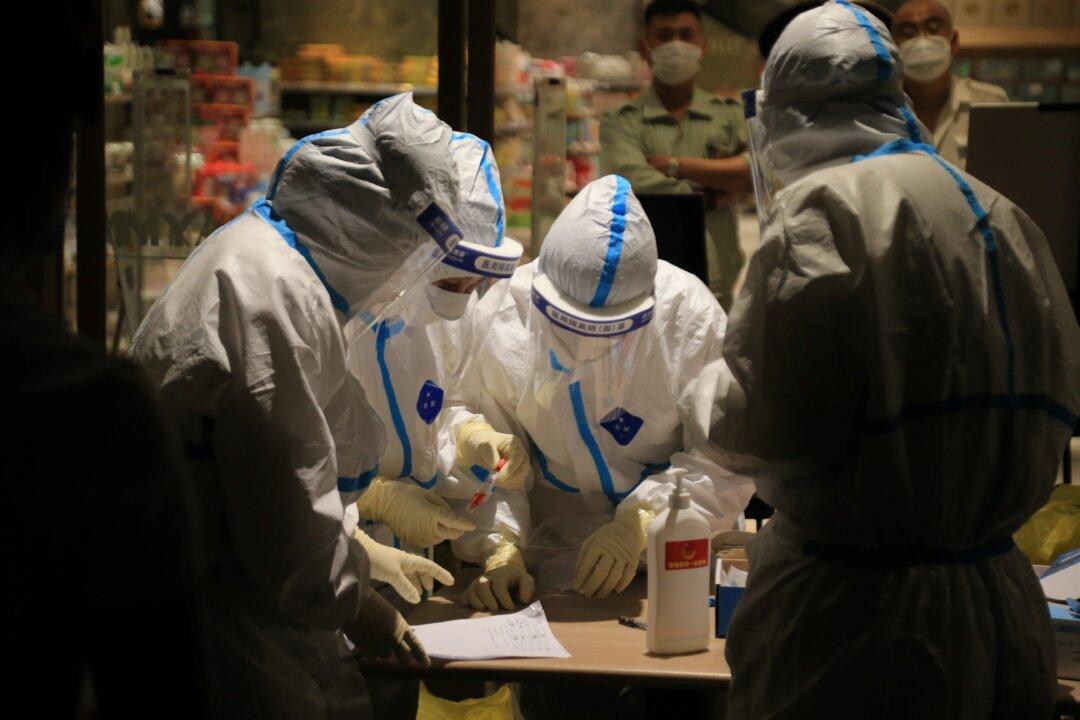Restrictive quarantine policies and the designation of more hospital beds in northeastern China’s Dalian city and the farwestern region of Xinjiang indicate that their local CCP virus outbreaks are severe, despite authorities publicizing limited information.
Urumqi is the capital of Xinjiang and home to a large population of Uyghurs. Local authorities locked the city down immediately after they announced a resurgence in mid-July. As new infections are diagnosed every day, the city is building its first makeshift hospital to treat COVID-19 patients.





